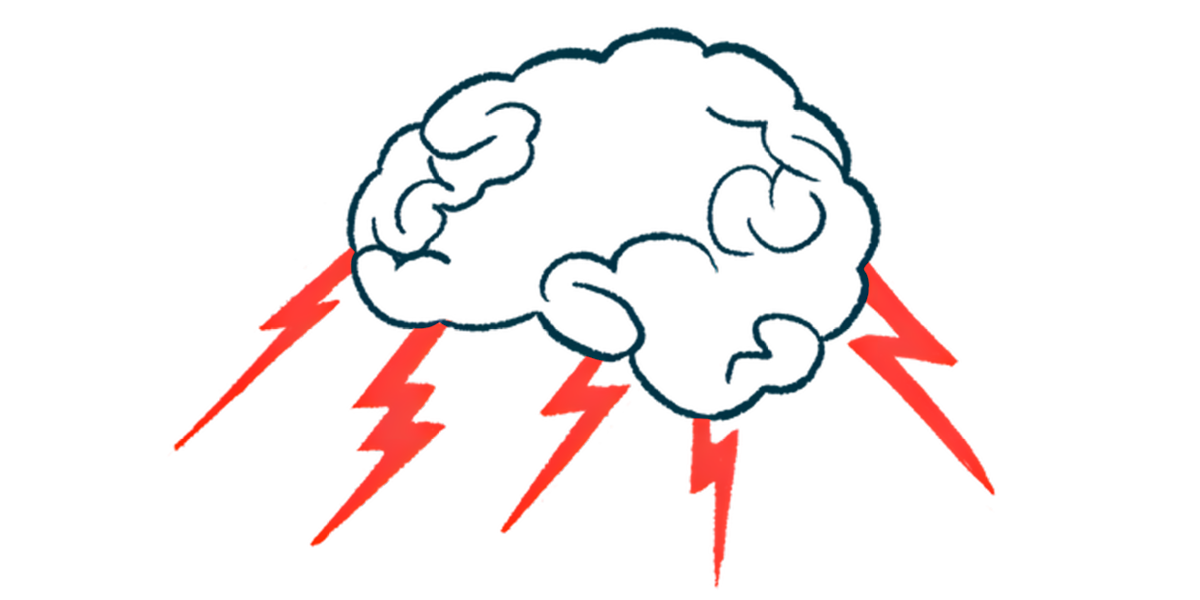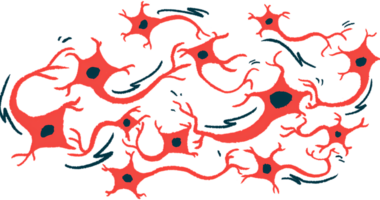Subsense gets $17M to develop brain-computer interface
Nanoparticle-based system provides 'gentler approach,' CEO says

Subsense has received $17 million in seed funding to accelerate the development of a nanoparticle-based brain-computer interface to help monitor and treat people with neurological conditions, including Parkinson’s disease.
The funding will help the company develop nanoparticles for precise stimulation and monitoring of brain activity, along with hardware crafted to detect and transmit the signals the nanoparticles produce. The technology is noninvasive, meaning it can be delivered without surgery.
The company is developing the interface with a consortium of international neurological research institutions, including the University of California Santa Cruz and ETH Zurich, Switzerland’s federal technology institute.
“Brain-computer interfacing promises to unlock limitless human potential, but innovation has been held back by a lack of effective non-surgical approaches,” Tetiana Aleksandrova, Subsense’s CEO and co-founder, said in a company press release. “By delivering nanoparticles that bind with receptors in the brain, Subsense can achieve more extensive connectivity with a far gentler approach.”
The company said the brain-computer interface will use nanoparticles designed for safety and compatibility with the human brain to bind specific brain receptors to accurately stimulate and record brain activity and transmit signals to a device. The technology is noninvasive, meaning it does not require surgery to be delivered to patients.
‘New possibilities’
The goal is for technology to be used to monitor brain activity, which can help doctors accurately diagnose conditions and develop treatment plans early. By allowing targeted stimulation of specific brain areas, it can be used to help restore motor function or enhance rehabilitation. The system will also use artificial intelligence to connect brain and machine networks, allowing people with physical limitations to control computers and smartphones or complex machinery.
“The system-on-a-nanoparticle approach could greatly enhance the precision of neural communication, offering new possibilities for treating neurodegenerative diseases and expanding human cognitive capabilities,” said Ali A. Yanik, PhD, associate professor at UC Santa Cruz.
The company said it aims to target additional applications including sensory recovery of vision and hearing, inner speech recording and thought translation, regulation of mental health, and managing appetite.
Subsense plans to develop the nanoparticles by the end of 2026 and complete biocompatibility and safety testing by the end of 2027. The nanoparticle and hardware prototype are expected to be completed in 2028 and AI software in 2029, with clinical trials planned to start at that time.
The funding round was led by Golden Falcon Capital, founded by Artem Sokolov, who is also a co-founder of Subsense.







